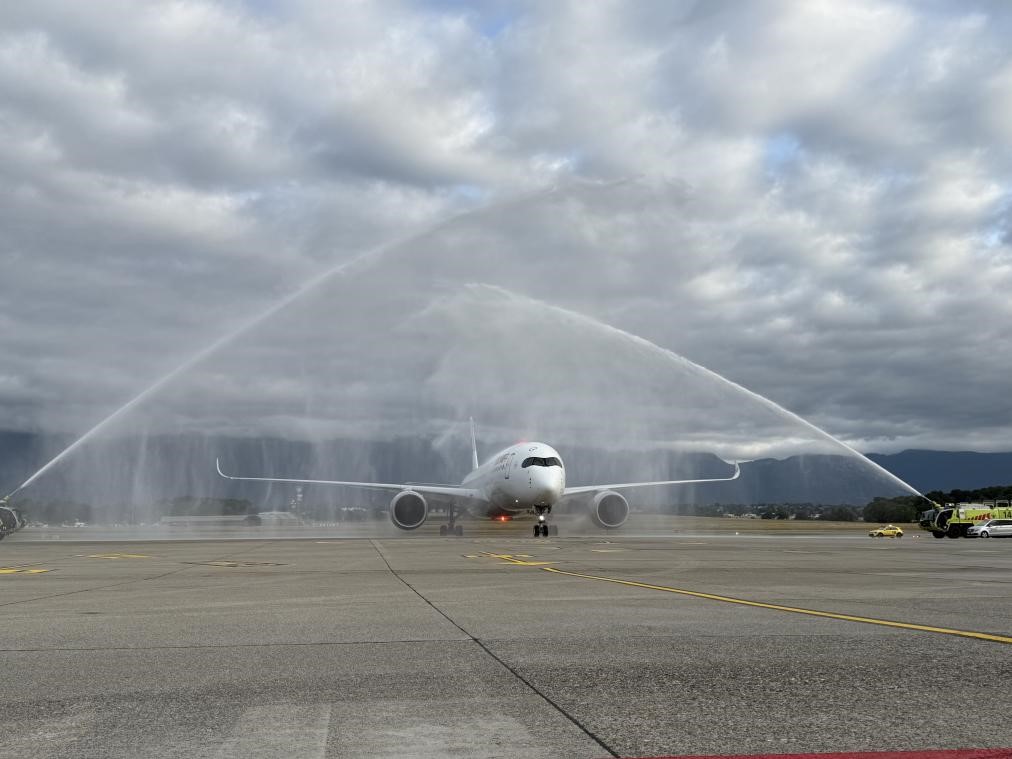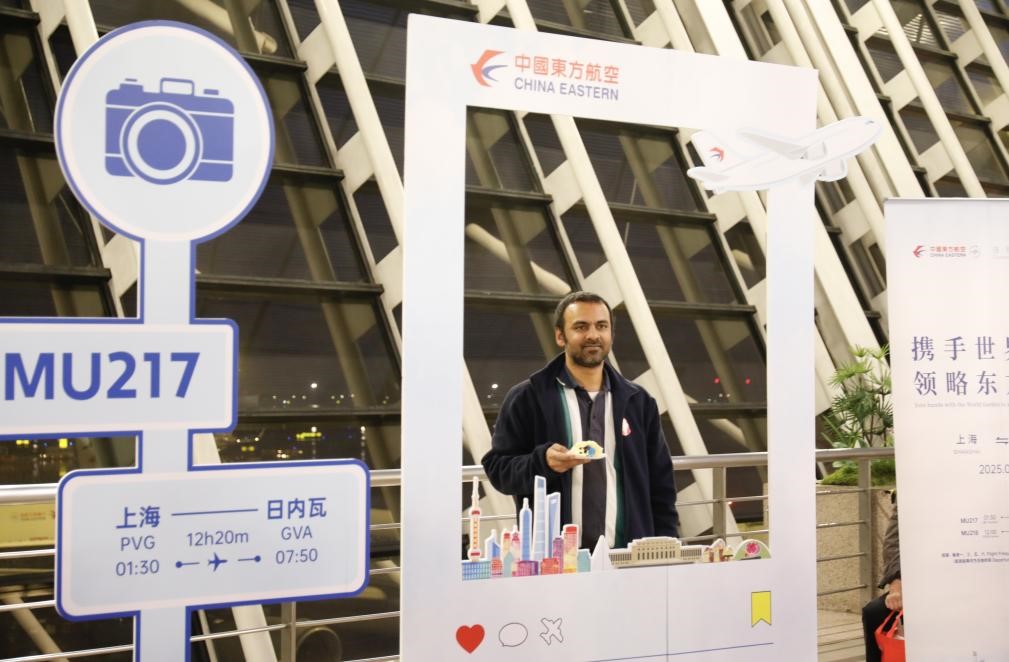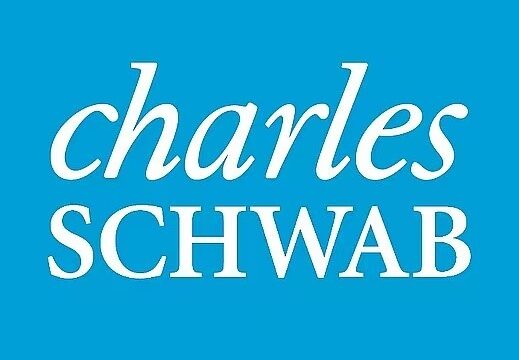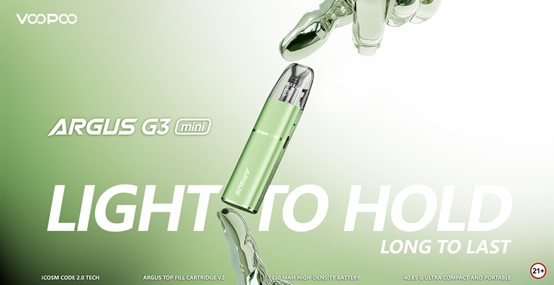Bahnbrechende deutsche Technik liefert mehr Leistung zu geringeren Kosten
Frankfurt, Deutschland – 25. Mai 2025 – Auf dem sich schnell entwickelnden Markt für Balkonkraftwerke ist das BM1600 Balkonkraftwerk mit B160 Erweiterungsakku von ALLWEI eindeutig führend und übertrifft Mitbewerber wie den Zendure Hyper 2000 bei wichtigen Kriterien. Diese umfassende Analyse zeigt, warum sich anspruchsvolle Verbraucher zunehmend für ALLWEIs Lösung aus deutscher Entwicklung entscheiden, wenn es um nachhaltige Energie geht.
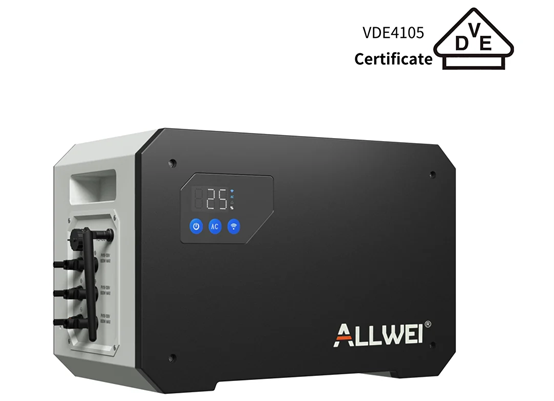
Revolutionäres Power Management definiert die Energieunabhängigkeit im Haushalt neu
Der Markt für Solarspeicher für Privathaushalte hat in den letzten Jahren bemerkenswerte Innovationen erlebt, aber der Ansatz von ALLWEI zum Energiemanagement stellt einen echten Paradigmenwechsel dar. Im Gegensatz zum Zendure Hyper 2000, dessen Leistung bei 1200 W begrenzt ist, liefert der ALLWEI BM1600 beeindruckende 1600 W kontinuierliche Wechselstromleistung – ein erheblicher Vorteil von 33 %, der es ermöglicht, mehr Haushaltsgeräte gleichzeitig zu betreiben. Diese überlegene Kapazität bedeutet, dass Hausbesitzer sich auf ihre Solarinvestition für anspruchsvollere Anwendungen verlassen können, ohne Kompromisse bei der Leistung einzugehen.
Die drei intelligenten MPPT-Eingänge des Systems nutzen bis zu 2100 W Solarladeleistung und optimieren so die Energieerfassung auch bei variablen Lichtverhältnissen. Dieser ausgeklügelte Ansatz mit mehreren Eingängen bietet in der Praxis eine effizientere Leistung als die einzelne 1800-W-MPPT-Konfiguration von Zendure, insbesondere in europäischen Klimazonen, in denen Teilabschattung üblich ist. Das Ergebnis ist eine maximale Energieausbeute während des gesamten Tages, unabhängig von Wetterschwankungen oder der Positionierung der Module.
Unübertroffenes Nutzenversprechen bietet mehr für weniger
Mit einem Preis von 799,00 € bietet das ALLWEI BM1600 ein außergewöhnliches Preis-Leistungs-Verhältnis und liegt 159,00 € unter dem Grundpreis des Zendure Hyper 2000 von 958,00 € – eine erhebliche Ersparnis von 16,6 %. Dieser Preisvorteil wird noch überzeugender, wenn man die überlegenen Spezifikationen und Leistungsfähigkeiten des ALLWEI-Systems berücksichtigt. Das BM1600 verfügt über eine robuste Basiskapazität von 1600Wh und übertrifft damit das Einstiegsmodell AB1000S von Zendure mit nur 960Wh deutlich.
Für budgetbewusste Verbraucher, die eine maximale Investitionsrendite anstreben, bietet ALLWEI durch die Kombination aus niedrigeren Anschaffungskosten und höherer Leistung ein unschlagbares Wertangebot. Die Erweiterbarkeit des Systems auf 8kWh durch zusätzliche Batteriemodule bietet eine zukunftssichere Skalierbarkeit, ohne dass die Kernkomponenten ausgetauscht werden müssen, was die Anfangsinvestition schützt und gleichzeitig ein Systemwachstum ermöglicht, wenn sich der Energiebedarf des Haushalts entwickelt.
Fortschrittliche Integration für ein nahtloses Smart Home-Erlebnis
Moderne Energiesysteme müssen harmonisch mit bestehenden Smart-Home-Ökosystemen zusammenarbeiten, und hier zeigt sich das alldrei balkonkraftwerk deutlich überlegen. Das BM1600 bietet native Kompatibilität mit mehreren Plattformen, darunter Shelly, Tibber Pulse, Ecotracker und P1 Meter – eine wesentlich breitere Integrationslandschaft als Zendures begrenzter Shelly Pro 3EM Fokus.
Diese umfassende Kompatibilität stellt sicher, dass das ALLWEI-System effektiv mit verschiedenen intelligenten Zählern und Hausautomationssystemen kommunizieren kann, ohne dass zusätzliche Hardware angeschafft oder komplexe Konfigurationen vorgenommen werden müssen. Die intelligente Verbindung über den Zählerkopf ermöglicht ausgeklügelte Steuerungsstrategien – automatische Anpassung des Stromflusses auf der Grundlage des Verbrauchsverhaltens im Haushalt und Optimierung des Eigenverbrauchs von Solarenergie.
Hervorragende Wetterbeständigkeit gewährleistet ganzjährige Zuverlässigkeit
Energieanlagen für den Außenbereich müssen anspruchsvollen Umweltbedingungen standhalten, und ALLWEIs Engagement für Langlebigkeit zeigt sich in der Schutzart IP65 des BM1600. Diese international anerkannte Zertifizierung garantiert Schutz gegen das Eindringen von Staub und Strahlwasser aus allen Richtungen und gewährleistet einen zuverlässigen Betrieb unter verschiedensten Wetterbedingungen.
Der beeindruckende Betriebstemperaturbereich des Systems (-20 °C beim Aufladen und -30 °C beim Entladen) beweist zudem seine Widerstandsfähigkeit unter extremen klimatischen Bedingungen. Im Gegensatz dazu mangelt es der Dokumentation von Zendure an Transparenz hinsichtlich der Wetterbeständigkeit und des Betriebstemperaturbereichs, was Fragen bezüglich der Eignung für den ganzjährigen Einsatz im Freien unter variablen europäischen Wetterbedingungen aufwirft.
Transparente Leistungsspezifikationen schaffen Verbrauchervertrauen
Bei Investitionen in die Energieinfrastruktur verdienen die Verbraucher vollständige Transparenz hinsichtlich der Leistungserwartungen. ALLWEI bietet umfassende Spezifikationen für alle kritischen Parameter, einschließlich einer beeindruckenden Batterielebensdauer von 8000 Zyklen bei 80 % Kapazität – ein klarer Indikator für langfristige Zuverlässigkeit und Wertbeständigkeit.
Diese Transparenz erstreckt sich auf alle Aspekte der Systemleistung und schafft Vertrauen in die Kaufentscheidung. Während Zendure seine 10-Jahres-Garantie im Vergleich zu ALLWEIs 6-Jahres-Garantie hervorhebt, erschwert das Fehlen spezifischer Angaben zur Lebensdauer die Bewertung der tatsächlichen Leistungserwartungen hinter dieser Garantie. ALLWEIs klare Kommunikation der Leistungskennzahlen demonstriert das Vertrauen in die Fähigkeiten des Produkts und liefert den Verbrauchern die Informationen, die sie für eine fundierte Entscheidung benötigen.
Intelligentes Energiemanagement maximiert Kosteneinsparungen
Beide Systeme bieten intelligente Energiemanagement-Funktionen, aber der KI-gestützte Ansatz von ALLWEI bietet mehr Vorteile in der Praxis. Das System ermittelt auf intelligente Weise die optimalen Ladezeiten für Batterien auf der Grundlage der Strompreise und speichert automatisch Energie, wenn die Tarife am niedrigsten sind (oder bei Überschüssen an erneuerbaren Energien sogar kostenlos), und setzt sie in Zeiten von Spitzenpreisen ein.
Dieses intelligente Management erstreckt sich auch auf die automatische Gerätesteuerung, wobei das System in der Lage ist, Geräte wie Warmwasserbereiter zu optimalen Zeiten zu betreiben, ohne dass ein manuelles Eingreifen erforderlich ist. Das Ergebnis sind maximale finanzielle Einsparungen und Umweltvorteile durch optimierte Energienutzungsmuster, ohne dass eine komplexe Benutzerkonfiguration oder Überwachung erforderlich ist.
Umfassender Ökosystem-Ansatz sichert zukünftige Kompatibilität
Anstatt ein isoliertes Produkt anzubieten, hat ALLWEI ein umfassendes Energie-Ökosystem entwickelt, das bestehende Solaranlagen ergänzen und sich an die sich verändernden Bedürfnisse der Haushalte anpassen kann. Der BM1600 lässt sich nahtlos in Aufdach-Solaranlagen integrieren, speichert automatisch überschüssige Energie und speist sie in das Netz ein, wenn dies sinnvoll ist.
Dieser ganzheitliche Ansatz stellt sicher, dass das System auch dann wertvoll bleibt, wenn sich Energietechnologien und Haushaltsanforderungen weiterentwickeln. Die Möglichkeit der Erweiterung auf vier Batteriesätze mit einer Kapazität von bis zu 8 kWh bietet Skalierbarkeit für den wachsenden Energiebedarf, während die intelligenten Integrationsfunktionen des Systems die Kompatibilität mit neuen Energiemanagementplattformen und gesetzlichen Rahmenbedingungen gewährleisten.
Die umfangreichen internationalen Zertifizierungen – darunter die deutsche VDE 4105:2018, die österreichische TOR Erzeuger, die niederländische EN 50549, die belgische C10/11:2019, die französische UTE C 15-712-1:2013, die italienische CEI 0-21:2022-03, die polnische PTPiREE und globale Normen wie UL, MSDS und UN38.3 – geben den Anwendern die Gewissheit, dass ihre Investition den höchsten Sicherheits- und Leistungsstandards weltweit entspricht.
Fazit: ALLWEI BM1600 etabliert neuen Standard für Balkonkraftwerke
Die umfassende Analyse zeigt deutlich, dass das ALLWEI BM1600 Balkonkraftwerk mit B160 Erweiterungsakku die beste Wahl für Verbraucher ist, die ein Maximum an Leistung, Wert und Zuverlässigkeit für ein Balkonkraftwerk suchen. Mit höherer Leistung, größerer Basiskapazität, effizienterer Solarernte, breiterer Smart-Home-Integration und transparenten Leistungsdaten – und das alles zu einem deutlich niedrigeren Preis – hat ALLWEI einen neuen Maßstab in der Solarspeichertechnologie für Wohngebäude gesetzt.
Während der Hyper 2000 von Zendure eine kompetente Alternative mit gewissen Vorteilen bei der Garantiedauer darstellt, ist der ALLWEI BM1600 aufgrund seiner umfassenden Überlegenheit bei wichtigen Leistungsmerkmalen die klare Wahl für anspruchsvolle Verbraucher, die Wert auf reale Leistung und Wert legen. Da sich die europäischen Haushalte zunehmend für nachhaltige Energielösungen entscheiden, bietet ALLWEI mit seiner in Deutschland entwickelten Spitzenleistung die ideale Grundlage für Energieunabhängigkeit und Umweltverantwortung.
Weitere Informationen über das ALLWEI BM1600 Balkonkraftwerk mit B160 Erweiterungsakku finden Sie unter www.allweipower.de .
Kontakt zur Presse:
Allen Greene
PR-Managerin
Tel.: +1 626 905 1089
E-Mail: support@allweipower.com
Haftungsausschluss: Die vulkanische Aktivität auf Teneriffa wird von PEVOLCA aktiv überwacht. ALLWEI ist nicht mit lokalen Behörden verbunden, sondern bietet technische Lösungen für energie- bewusste Haushalte weltweit.
